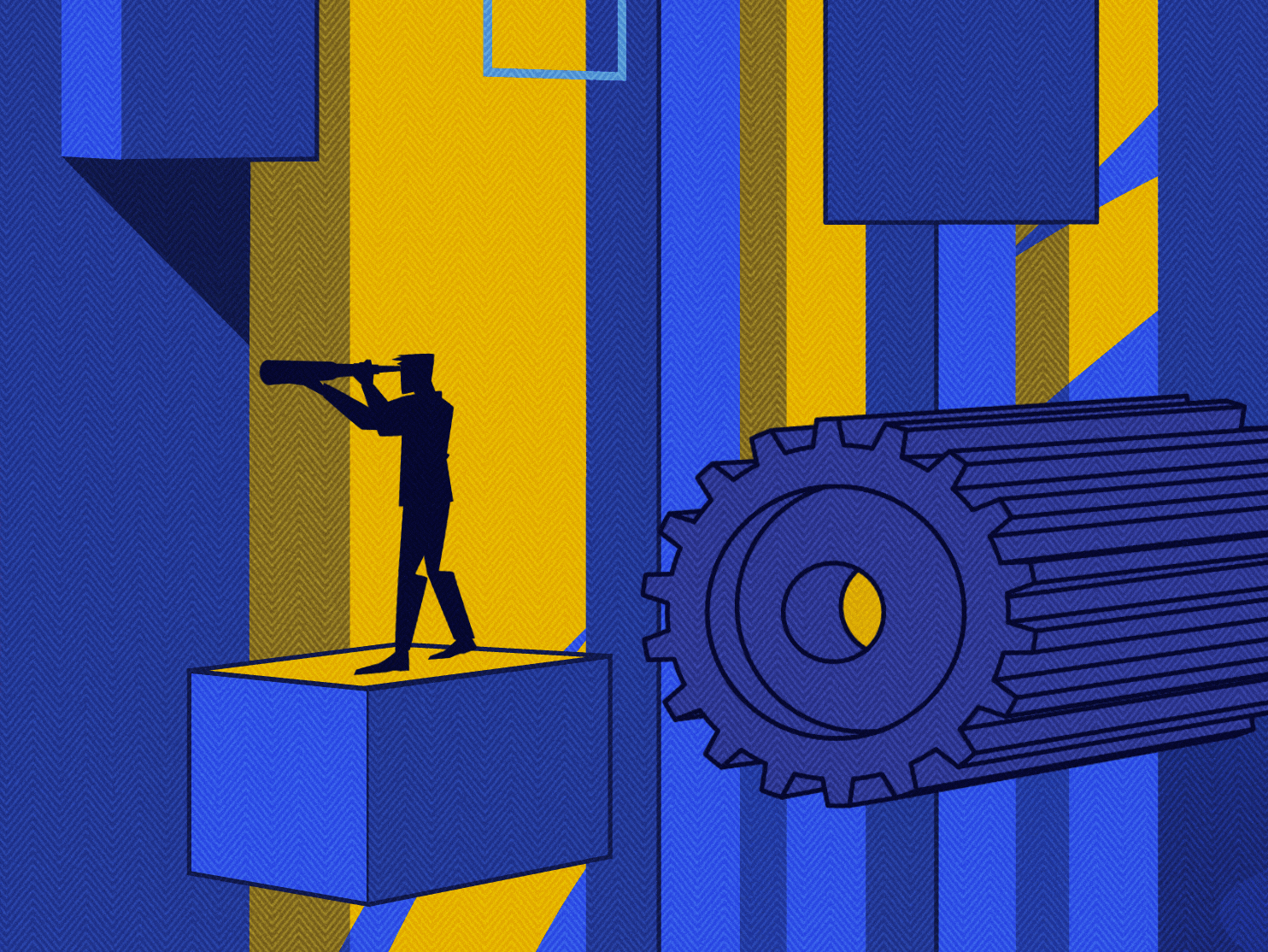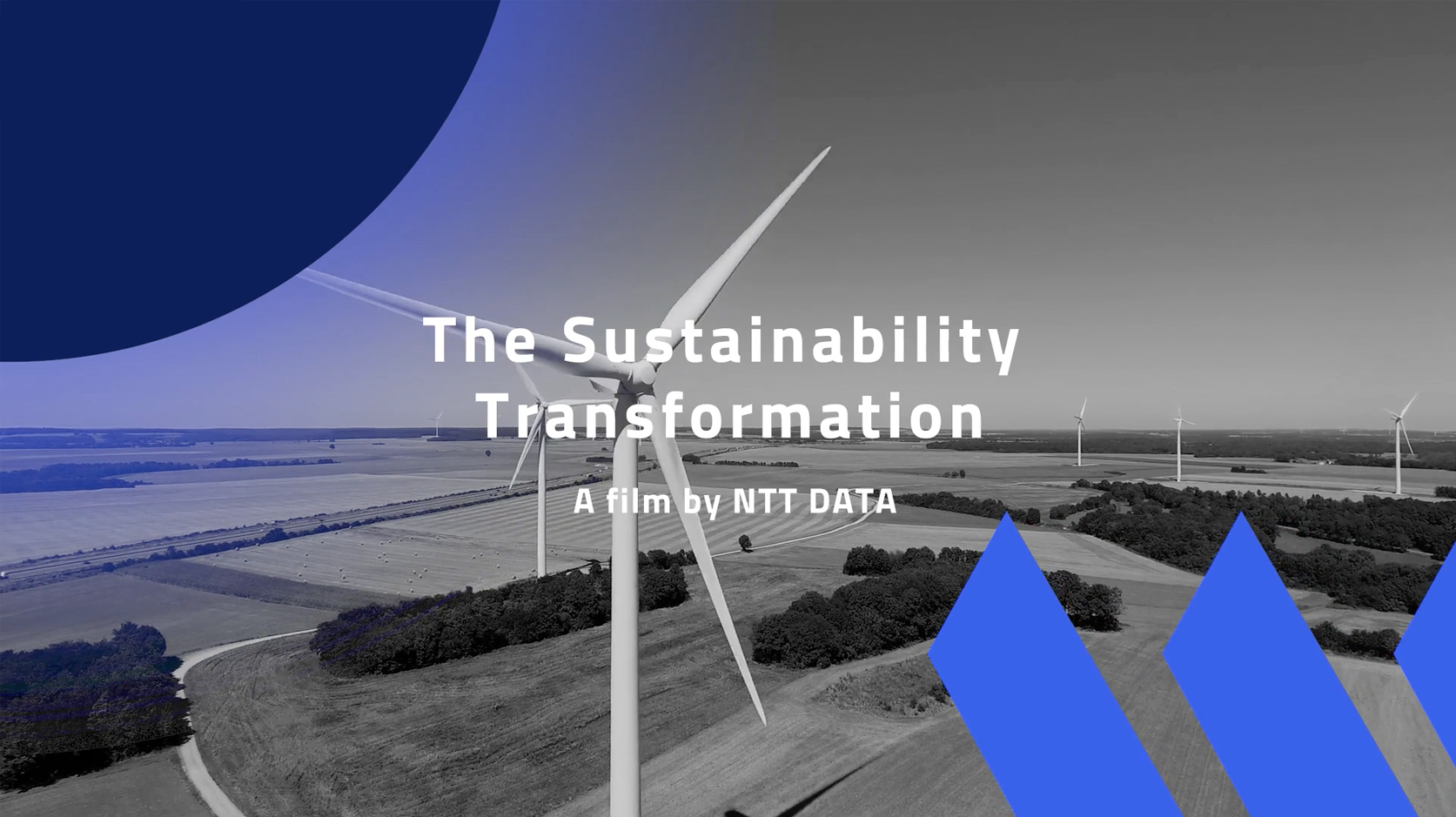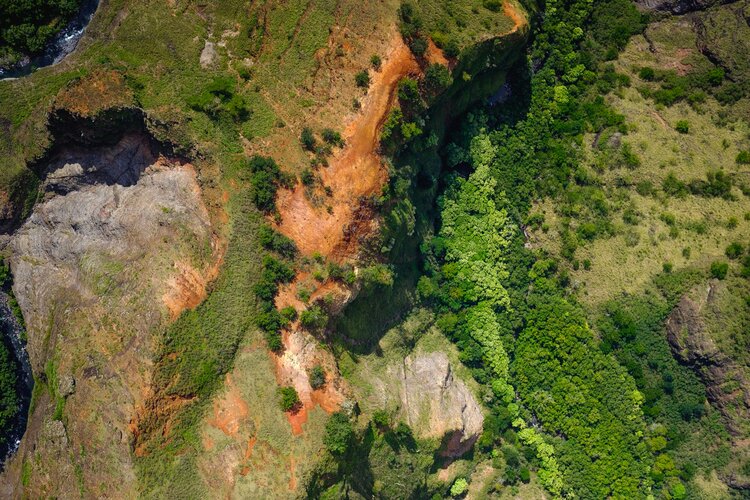
Energy: it is what powers industry and entrepreneurship. It’s what gets people to work and defines work excellence. And it is being trapped by greenhouse gases (GHG) like carbon dioxide (CO2) and causing a radiative imbalance on the planet. The balance between the energy received from the sun and emitted by the earth changes climate and weather patterns on global and regional scales. Human activity is the primary cause of the global warming problem that’s become increasingly dangerous over the past 50 years.
CO2 and other GHG changes are redrawing the planet, changing the picture currently painted around society and ecosystems and life. The social cost of carbon quantifies the damage done to the climate, and right now, it’s $100 per tonne of CO2. This is expected to increase to $600 over the next two decades. The reality is that climate change is a reality and that immediate and decisive action is needed to ensure that the world achieves the necessary net zero GHG emissions it needs over the next 30 years.
The Herculean task that lies ahead of planet and citizen is not to build solutions that sustain existing practices, but to look to transformation using new technologies and opportunities.
Companies are becoming increasingly focused on the environmental footprint of their operations, making pledges to achieve ambitious net-zero targets. But making pledges is one thing; actually meeting these targets is another.
The Herculean opportunity
To put the reality into perspective, eliminating carbon emissions over the next 30 years would mean cutting down the production of over 400 million tonnes of CO2 every year. It’s a staggering number, one that requires the transformation of lifestyles and production in ways that significantly change society because today, every single person on the planet emits approximately seven tonnes of carbon annually.
This radical transformation of environment and lifestyle to meet a target that cannot be missed is a challenge. Reliance on renewable energies isn’t technically possible, as it would require that almost 2% of the cultivated areas of the planet be covered with solar panels or that wind turbines be planted on every spare hill. The Herculean task ahead of the planet and its citizens is not to build solutions that sustain existing practices but to look to transformation using new technologies and opportunities. We need to create a convergence of technological evolution, clean energy, the remodelling of human activity and a revisit in our approaches to energy.
It’s a daunting task. But it is also a great opportunity.
This is the new market, the new world of opportunity that can create employment and address economic complexity while countering the risk of environmental catastrophe.
Given the massive allocation of resources to achieving these goals over the next few years, and the scale of the challenges that have to be overcome, there is a chance for innovative businesses to benefit from this change. From finding new ways of producing green energy to developing tools that help us understand the economic impact of carbon neutrality on a particular territory, there are business opportunities for companies that sit on this new frontier of innovative technology. New jobs, new professions, new markets and new ways of working: it’s a shift in perspective and approach that does more than just shift the CO2 problem into the realm of solution, but equally benefits from strong investment.
Governments and central bodies are putting investment on the table, providing funds to organisations that can create the advancements that help address these problems at speed. This is the new market, the new world of opportunity that can create employment and address economic complexity while countering the risk of environmental catastrophe.
The digital planet
So, how can entrepreneurs, tech innovators and corporate social investment strategy truly make inroads on global sustainability? The answers lie in a close look at the expected and in finding the unexpected solutions. Forests, for example, play a huge role in the carbon cycle, acting as net sinks of carbon and contributing to the mitigation of carbon emissions. Acting as both a carbon reservoir and a tool to sequester additional carbon, forests transform the carbon into biomass through photosynthesis. This biomass, deadwood and litter in forest soils adds to the rich soil quality and changes environmental stability for the better.
Companies could invest in forests to address climate change, protect nature and create jobs in one simple move. With forests providing a net carbon absorption of around 7.6 billion tonnes of CO2 a year, responsible forest conservation is a smart way of removing atmospheric carbon and building climate resilience. The sustainable management of forests can potentially create $230 billion per year in business opportunities and create around 16 million jobs worldwide. Companies could sell carbon credits representing a tonne of captured CO2 or emissions avoided over specific baseline conditions, and organisations can use these to fund climate change solutions or balance their emissions. Introduced by the Kyoto Protocol, these credits are expected to reach a $200 billion market value over the next 30 years.
Companies could invest into forests as a way of addressing climate change, protecting nature and creating jobs in one simple move.
To exploit these potentials, refined tools are needed to measure the actual carbon absorption capacity of forests. Technologies will be needed to direct specific interventions to maximise the contribution made by forestry activities. It will require the merging of technologies such as IoT, satellite sensing, artificial intelligence and data intelligence to make a real impact.
There’s a dire need for innovation leveraging new technologies and capabilities to do more than just achieve the objective of carbon neutrality. Enabling technologies have the potential to balance natural systems alongside economic systems, keeping social and economic balances intact even as the risk to the world is reduced. Technology innovators and market leaders have the opportunity to leap into markets that sorely need to translate complexities into solutions for biodiversity protection, pollution prevention, public health improvements, and job creation.
This is the era of the bio-economy, where green represents growth. Where it is not the green of the dollar bill that turns technology towards innovation, but that of the world. It’s a shift in systemic thinking that puts advancement towards sustainability and the creation of environments, solutions and roles that will fundamentally benefit both business and planet bottom line.
This is an opportunity for everyone, not just a social need to fix the future.









































